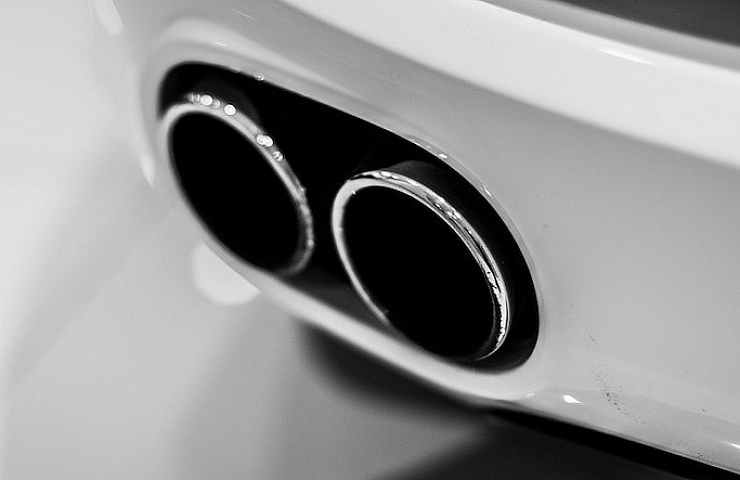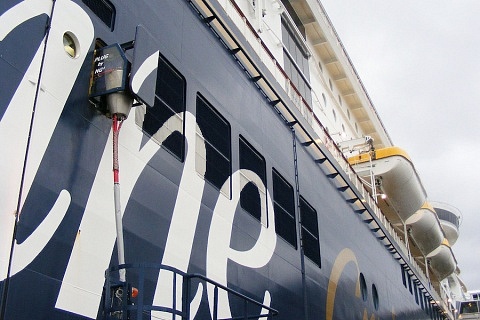Air pollution causes cancer as well as lung disease, cardiovascular disease and premature death. Not least children’s health is adversely affected. The absolutely dominant source of nitrogen oxides in the urban environment is road traffic. Municipalities are therefore being given a powerful tool with which to tackle air pollution. Municipalities will decide themselves whether and where low emission zones should be applied.
“We’re seeing the introduction of low emission zones throughout Europe. It is important that we make the air cleaner and the urban environment better in our cities. At the same time, people and businesses need to know what the rules are and have time to adapt to green technology,” says Minister for Infrastructure Tomas Eneroth.
“Children’s right to breathe clean air takes priority over the right to drive all kinds of cars on every single street. We are now giving the municipalities the powerful tool they have long been requesting so that they can tackle hazardous air pollution,” says Minister for the Environment Karolina Skog.
The Government will give municipalities the possibility of introducing three different kinds of low emission zones as of 1 January 2020:
The first type of low emission zone regulates heavy duty vehicles. Municipalities can already implement low emission zones for certain heavy vehicles (lorries and buses). Low emission zones already exist in eight municipalities.
The second type of low emission zone sets standards for cars.
• Initially, diesel cars that meet the emission standards Euro 5 and Euro 6 may drive here. But on 1 July 2022, the standards will be made stricter, allowing only Euro 6 diesel cars to drive here. The same applies to hybrid electric vehicles and plug-in hybrids with diesel engines.
• Cars with petrol engines will have access if they meet emission standard Euro 5, or better . This also applies to hybrid electric vehicles, plug-in hybrids, natural gas vehicles and E85 vehicles.
• Cars with higher environmental performance, such as electric cars and fuel cell vehicles, may also drive here.
The third type of low emission zone sets the highest standard. This zone only allows purely electric cars, fuel cell cars and gas cars that meet the emission standard Euro 6. High standards are also set for heavy vehicles. This zone only allows electric vehicles, fuel cell vehicles, plug-in hybrids and gas vehicles that meet emission standard Euro 6.
What will happen now?
As soon as possible – taking account of the need to notify the European Commission – the Government will adopt the necessary legislative amendments in the Road Traffic Ordinance making it possible for municipalities to introduce the new low emission zones. The Government will also instruct the Swedish Transport Agency to draw up proposals for how the municipalities can ensure compliance with the low emission zone provisions and other traffic rules.
Vehicles permitted in various types of low emission zone
| Low emission zones | Light vehicles (cars, light lorries and light buses up to 3.5 tonnes) | Heavy vehicles |
| Class 1 | As in the current low emission zones | |
| Class 2 | As of 1 January 2020: • Cars with compression ignition engines (diesel, hybrid electric, plug-in hybrid) in Euro 5 or better • Cars with spark-ignition engines (petrol, hybrid electric, plug-in hybrid, natural gas, E85) in Euro 5 or better • Electric cars • Fuel cell carsAs of 1 July 2022: • Cars with compression ignition engines (diesel, hybrid electric, plug-in hybrid) in Euro 6 • Cars with spark-ignition engines (petrol, hybrid electric, plug-in hybrid, natural gas, E85) in Euro 5 or better • Electric cars • Fuel cell cars |
Class 2 does not include heavy vehicles |
| Class 3 | • Electric cars • Fuel cell cars • Cars that can run on natural gas in Euro 6 |
• Electric vehicles • Fuel cell vehicles • Plug-in hybrid vehicles in Euro 6 • Vehicles that can run on natural gas in Euro 6 |
What are Euro 5 and Euro 6?
The EU’s emission standards for air pollution for new vehicles are regulated in Euro standards. These regulate nitrogen oxides (NOx), particulates (PM) and carbon monoxide (CO), among other things. Carbon dioxide (CO2) is regulated separately.
Euro 5 became the standard on 1 September 2009 and Euro 6 on 1 September 2014.

 Deutsch
Deutsch




Leave a Reply